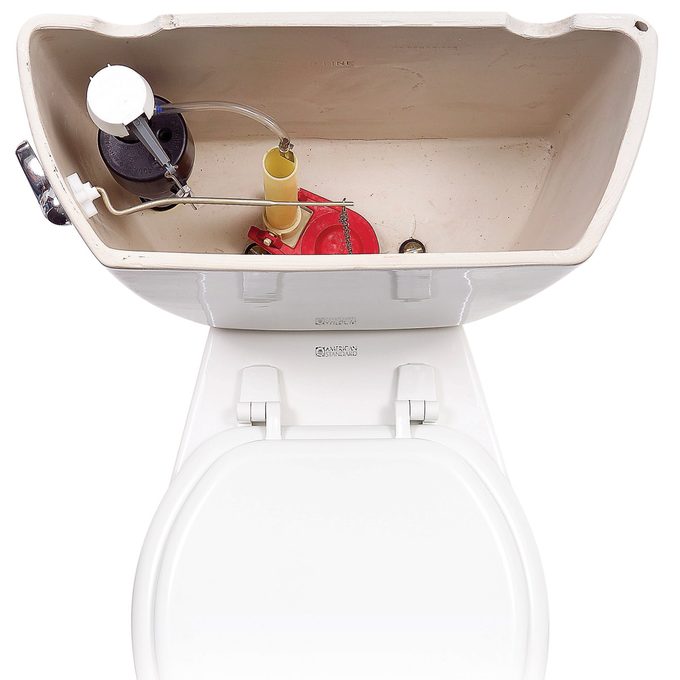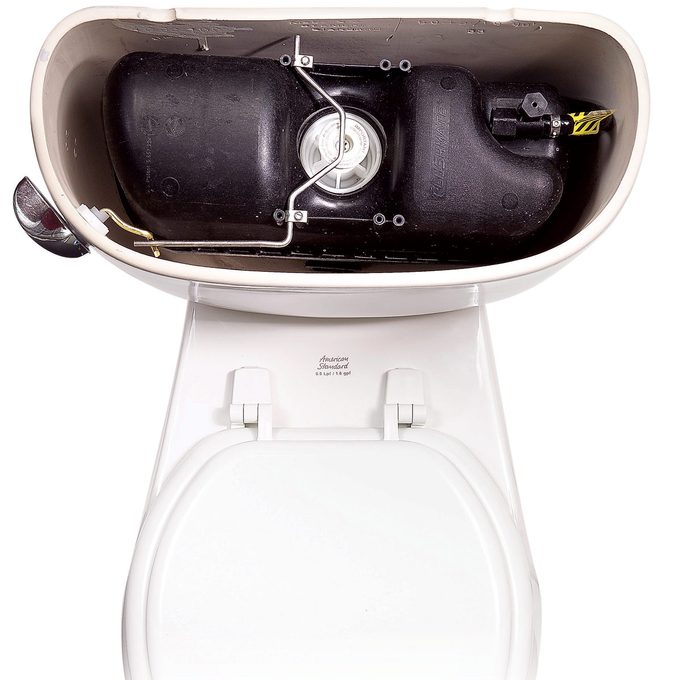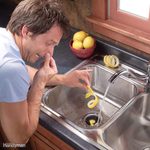How to Improve Toilet Performance
Toilet technology puts an end to the double flush
Toilet History
In 1994 Congress decided to conserve water by requiring toilets to use no more than 1.6 gallons per flush. It was a good idea, but when manufacturers came out with their first water-saving models, they hadn’t yet figured out how to make toilets perform as well as before (most toilets at that time used 3.5 gallons or more). So homeowners got stuck with toilets that require two or even three flushes to clear and clean the bowl. These wimpy toilets plug up more often too. Their design is poor and there isn’t much you can do to improve them. The only real solution is a new toilet.
Manufacturers have refined old designs and developed entirely new systems to make water-saving toilets work better. But there are still some weak flushers out there, so do some research before you buy. When you’re shopping, you’ll find three types of flushing systems. Before you buy anything, check the latest testing results by doing an internet search for “toilet performance tests.”
Gravity Flush
This is the system toilets have used for over a century: The flush valve or “flapper” opens and water rushes down through the bowl. Manufacturers have steadily improved tank and bowl designs to create a more powerful flush with less water. One of the most effective improvements was to simply enlarge the flush valve from 2 in. to 3 in. or more.
Pros:
- Cost. Some of the models that perform well in lab tests are fairly inexpensive.
- Easy to maintain. Diagnosing problems and finding replacement parts is relatively easy.
Cons:
- Tanks can sweat. If condensation forms on the tank of your current toilet, the same problem will likely occur with any gravity toilet.
- Big differences in performance. There are still a lot of wimpy flushers out there. You have to do your homework to find a model that performs well.
Pressure Assist
These toilets have a pressure tank inside that works like a big water balloon. Water fills the tank and is held there under pressure. When the flush valve opens, pressure and gravity combine for a power flush toilet.
Pros:
- Power flush toilet. When it comes to clearing the bowl of solid waste, pressure-assist models generally outperform other types.
- No sweat. Because water is held inside a pressure tank rather than the porcelain tank, condensation won’t occur on the outside of the toilet.
Cons:
- Cost. Pressure-assist models cost more than some of their cousins.
- Repairs. Diagnosing problems, finding parts and making repairs can be a headache.
- Noise. Pressure-assist toilets create a loud flush.
Tip: Pressure-assist toilets are common in public restrooms, so you can take one for a test drive at an office or business. Just lift the tank lid and look for the pressure tank to see if it’s a pressure-assist model.
Vacuum Assist
This is the latest flush innovation. The porcelain tank contains a vacuum tank that’s connected to the trapway (the large tube that carries water out of the bowl). When the toilet is flushed, water flowing out of the tank creates suction in the vacuum tank and trapway to help suck waste out of the bowl for a power flush toilet.
Pros:
- Easy repairs. Vacuum-assist toilets use the same type of fill and flush valves as gravity models, so they’re simple to repair.
- Strong flush. Vacuum-assist toilets do well in lab tests. In clearing solid waste, they outperform most gravity types, but don’t do as well as many pressure-assist models.
- No sweat. Like pressure-assist models, vacuum-assist toilets store water in an inner tank, so condensation won’t form outside the porcelain tank.
Cons:
- Cost. Vacuum-assist models cost slightly more than some gravity models.
- Limited choices. There is currently a limited selection of vacuum-assist toilets from major manufacturers.
Required Tools for this Project
Have the necessary tools for this DIY project lined up before you start—you’ll save time and frustration in trying to find a power flush toilet.
- 4-in-1 screwdriver
- Adjustable wrench
- Pliers
- Wrench set
Required Materials for this Project
Avoid last-minute shopping trips by having all your materials ready ahead of time. Here’s a list.
- Toilet
- Toilet seat
- Wax ring





